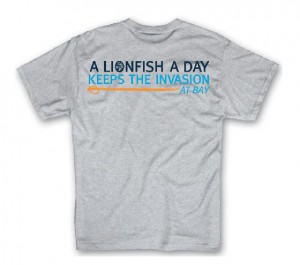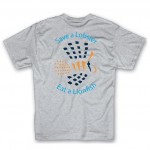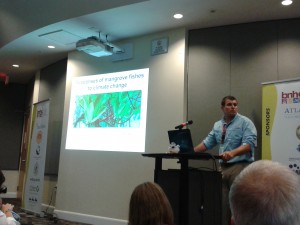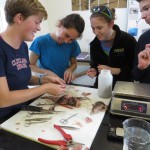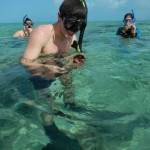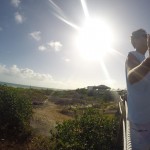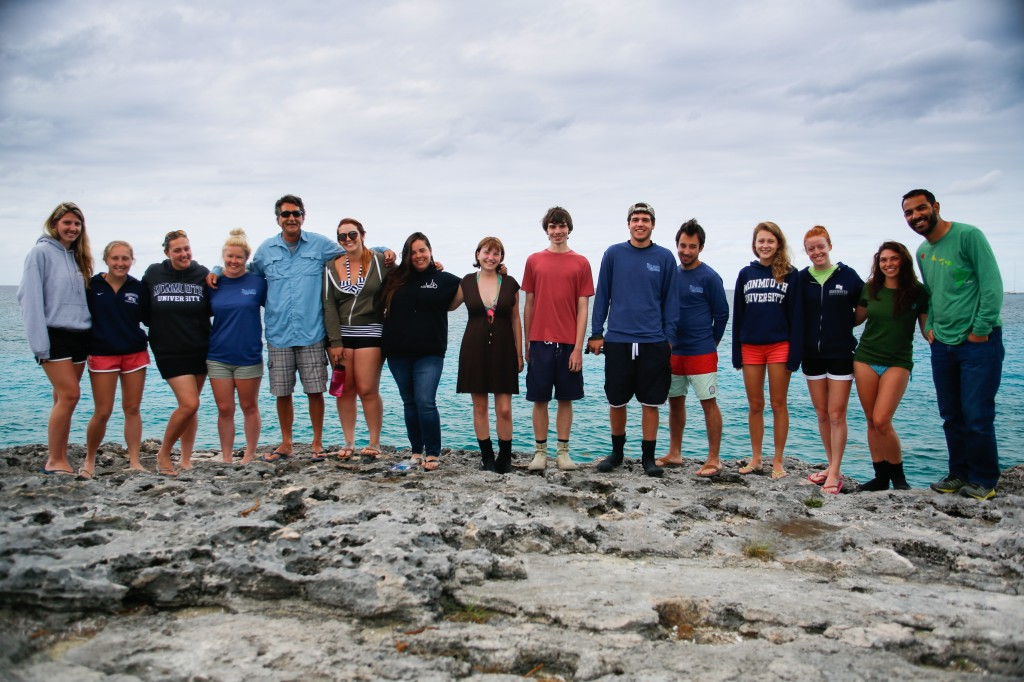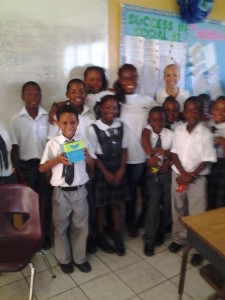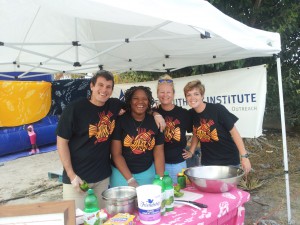
CEI Lionfish team visited Rock Sound’s homecoming celebration. Amid stands selling fritters, grouper, and curry chicken the crew erected a booth dishing out free samples of lionfish ceviche, passing out brochures, and sporting the new line of t-shirts from CEI’s “You Slay, We Pay” campaign. It is at venues like these, when huge numbers of people from around the Bahamas come together to celebrate, talk, and most importantly eat, that outreach is so critical. It is not yet universal knowledge that lionfish are both edible and delicious, so having a presence at local cultural events such as this allows us to spread awareness and change minds.
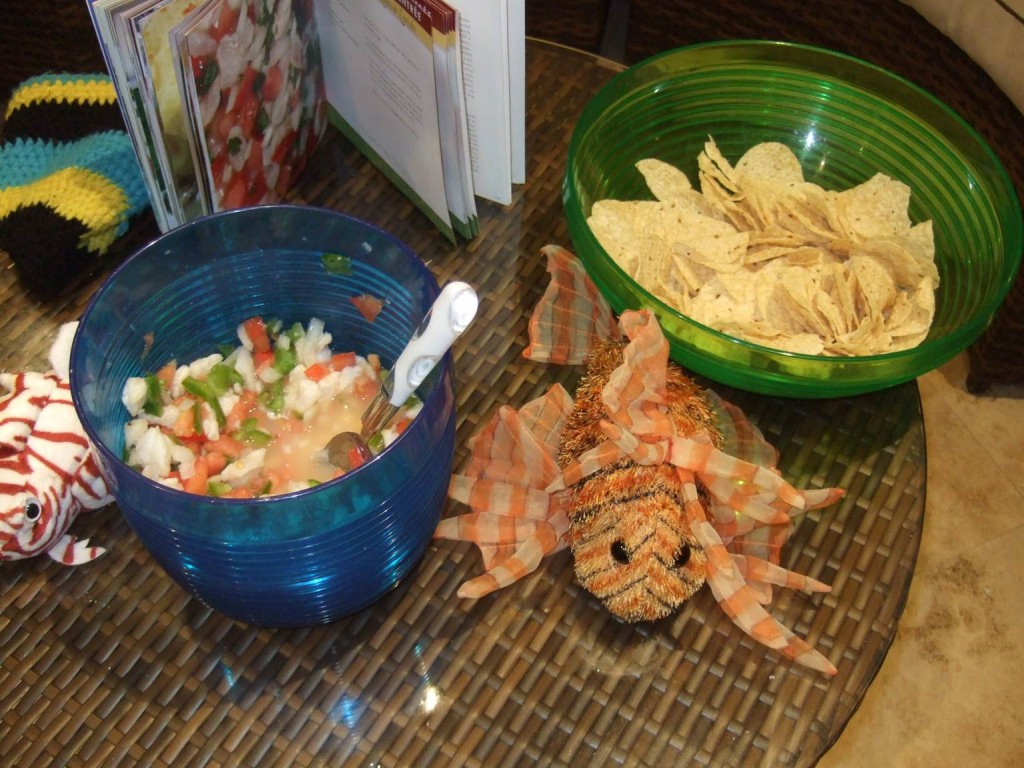

This was evidenced first hand on Saturday, when many locals tried lionfish for the first time. Initially hesitant observers came forward after hearing about the process of safely filleting lionfish, discussing the benefits to many native fisheries from eating lionfish, and seeing the satisfied smiles of previous samplers. Many first-timers were visibly surprised at the clean taste of the white meat. The unanimous consensus was that the fish offers a delicious alternative to other Bahamian classics.
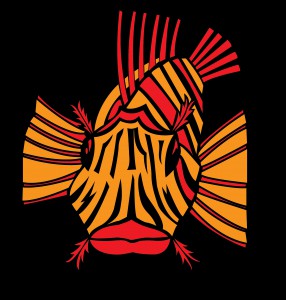
Why is this so exciting and why is outreach like this so important? The invasive and hugely harmful lionfish is a largely untapped marine resource throughout the Caribbean. However, with more and more people trying and loving lionfish at events like Saturday’s homecoming, it is hoped that demand for lionfish as a fishery will rise. Fishermen will then play a greater role in lionfish population control as they work to meet that demand with supply.
How to make your own lionfish ceviche:
1. Start with fresh lionfish fillets, and finely dice. Immerse in lime juice for 20-30 minutes.
2. While lionfish is marinating, dice green peppers, tomatoes, and onions. Place in a bowl to the side. You should have roughly equal amounts of vegetables and fish.
3. Dice a very small amount of habanero or scotch bonnet pepper into extremely small chunks.
4. Drain lime juice out of the lionfish; fish should look opaque and white.
5. In a large mixing bowl, combine chopped fish and all vegetables and peppers. Mix well, season with salt and pepper to taste.
6. Serve and enjoy! You are promoting a sustainable fishery.

